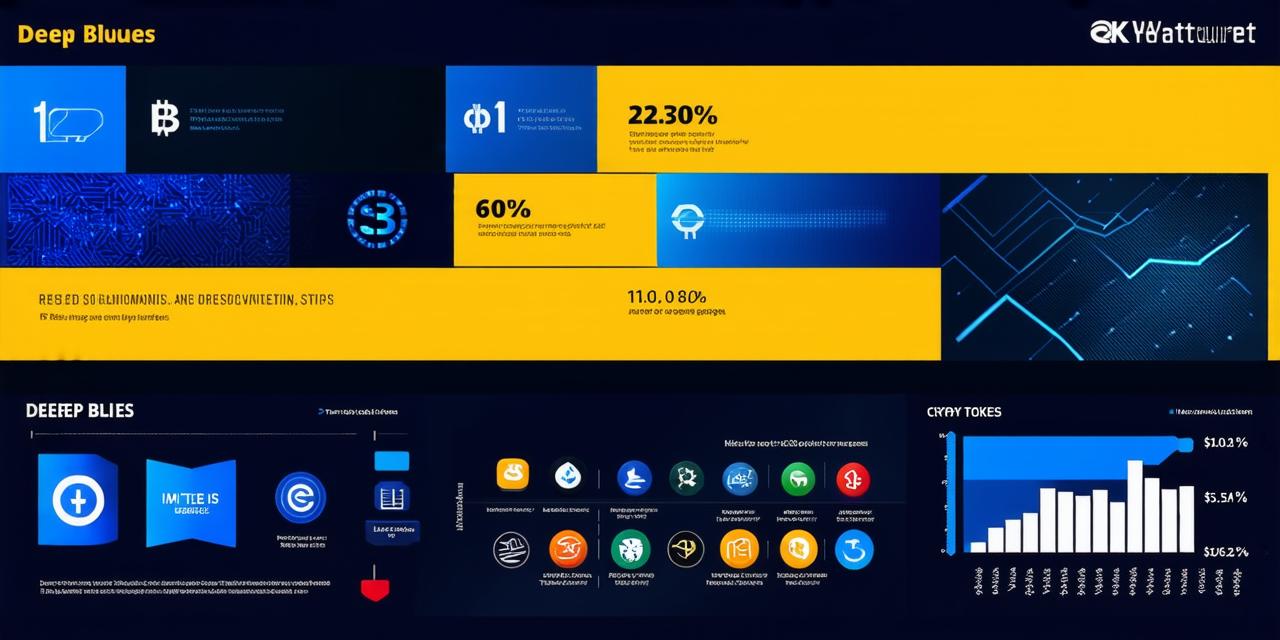
How to trade crypto on tradingview
TradingView is a popular social trading platform that offers a wide range of features and tools for crypto traders. In this guide, we will take you through the steps of how to trade crypto on TradingView, including setting up an account, selecting your preferred chart types, and using technical analysis indicators to make informed trading decisions.
Introduction: What is TradingView?
TradingView is a social trading platform that allows users to analyze and trade various financial markets, including crypto. It offers a wide range of features and tools for traders, including real-time data, technical analysis indicators, and charting options. The platform also has a community of active traders who share their knowledge and strategies with each other.
Step 1: Setting Up Your TradingView Account
The first step in trading crypto on TradingView is to set up an account. To do this, go to the TradingView website and click on the “Sign Up” button. You will be prompted to enter your email address, password, and other basic information. After creating your account, you can log in and start exploring the platform.
Step 2: Selecting Your Preferred Chart Types
TradingView offers a variety of chart types that allow you to visualize and analyze different aspects of the market. The most commonly used chart types include line charts, bar charts, candlestick charts, and area charts. For crypto traders, we recommend using candlestick charts, as they provide a clear picture of price movements and allow for easy analysis of technical indicators.
Step 3: Analyzing Technical Indicators
TradingView offers a wide range of technical analysis indicators that you can use to make informed trading decisions. Some of the most popular indicators include moving averages, relative strength index (RSI), Bollinger Bands, and stochastic oscillator. These indicators can help you identify trends, momentum, and potential buying or selling opportunities.
For example, let’s take a look at how we might use the RSI indicator to make trading decisions for Bitcoin:

- The RSI indicator measures the strength of an asset’s price action by comparing its recent gains and losses to determine overbought and oversold conditions.
- An RSI reading above 70 is considered overbought, while a reading below 30 is oversold. This means that if Bitcoin’s RSI is at 80, it may be due for a correction, while an RSI of 20 could indicate a potential buying opportunity.
- However, it’s important to note that the RSI indicator should not be used in isolation and should be combined with other technical analysis tools to make informed trading decisions.
Step 4: Setting Up Your Trading Environment
Once you have selected your preferred chart types and technical indicators, it’s time to set up your trading environment. This includes setting stop-loss orders and take-profit targets for each trade. Stop-loss orders help limit potential losses, while take-profit targets allow you to lock in profits at a predetermined price.
It’s important to note that setting up stop-loss and take-profit orders requires careful consideration of market conditions and can be subject to change depending on the current state of the market. As such, it’s important to stay informed about market trends and adjust your trading strategy accordingly.
Real-Life Example: Trading Bitcoin using TradingView
Let’s take a look at a real-life example of how you might use TradingView to trade Bitcoin. Suppose you have analyzed the Bitcoin chart and identified an oversold condition using the RSI indicator, as shown in the following screenshot:

Conclusion: Benefits of Trading Crypto on TradingView
Trading crypto on TradingView offers numerous benefits for developers, including real-time data, technical analysis tools, and a community of active traders.

